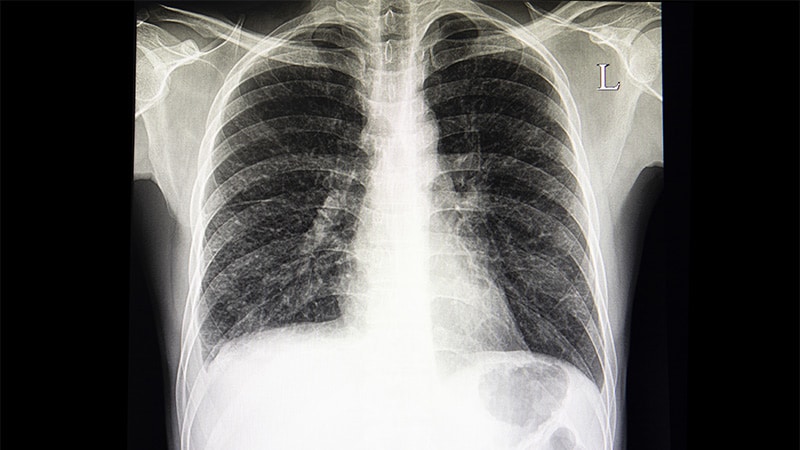TOPLINE:
Patients with inflammatory bowel disease (IBD) had a significantly higher risk for developing interstitial lung disease (ILD) compared with the general population and siblings who do not have the condition.
METHODOLOGY:
- Although pulmonary complications of IBD have been recognized for over a decade, they remain largely unstudied.
- Researchers conducted a population-based cohort study in Sweden between 1969 and 2019 to assess the long-term risk for ILD in 85,705 patients diagnosed with IBD (median age, 41 years; 48% women).
- They matched these patients to 412,677 control individuals from the general population (median age, 41 years; 48% women) and to 101,278 IBD-free siblings of the patients (median age, 39 years; 49% women).
- The primary outcome was incident ILD, a broad group of lung diseases characterized by inflammation and fibrosis that often lead to respiratory failure.
TAKEAWAY:
- During a median follow-up of 14 years, ILD was diagnosed in 0.51% of patients with IBD vs 0.30% of control individuals, corresponding to incidence rates of 34 and 20 per 100,000 person-years, respectively.
- Patients with IBD had a 48% higher risk of developing ILD than the matched control individuals and an 81% higher risk than their siblings.
- Subgroup analyses found similar adjusted hazard ratios (aHRs) for ILD across IBD subtypes (ulcerative colitis, 1.59; Crohn’s disease, 1.34; and IBD unclassified, 1.24) vs the general population.
- The highest risk for ILD diagnosis was observed within the first 2 years after the diagnosis of IBD (aHR, 2.14); however, the risk remained elevated even after 10 years (aHR, 1.24).
- A subgroup analysis showed that the relative risk for ILD was notably higher in women with IBD and in adults aged 40 years or older with IBD.
IN PRACTICE:
“The findings from this study highlight the need for further data on lung function and capacity in patients with IBD, with a special focus on patients with additional risk factors for ILD. These data also support clinicians maintaining a higher index of suspicion for ILD in their IBD patients with pulmonary symptoms,” the authors wrote.
SOURCE:
This study, led by Bharati Kochar, MD, MS, Division of Gastroenterology, Massachusetts General Hospital, Boston, was published online on August 4 in The American Journal of Gastroenterology.
LIMITATIONS:
Researchers were unable to confirm diagnoses of ILD with chest imaging and pulmonary function testing. The patient cohort lacked granular disease-level detail on some risk factors for the development of ILD, including laboratory measures and endoscopic data. Limited data on medication use in the cohort prevented the consideration of potential relationships between treatments for IBD and the development of ILD.
DISCLOSURES:
The study was funded by a National Institute on Aging grant to Kochar and support from Karolinska Institutet for another author. Three authors reported receiving consulting fees, advisory fees, or financial support or having other ties with pharmaceutical companies.
This article was created using several editorial tools, including AI, as part of the process. Human editors reviewed this content before publication.
